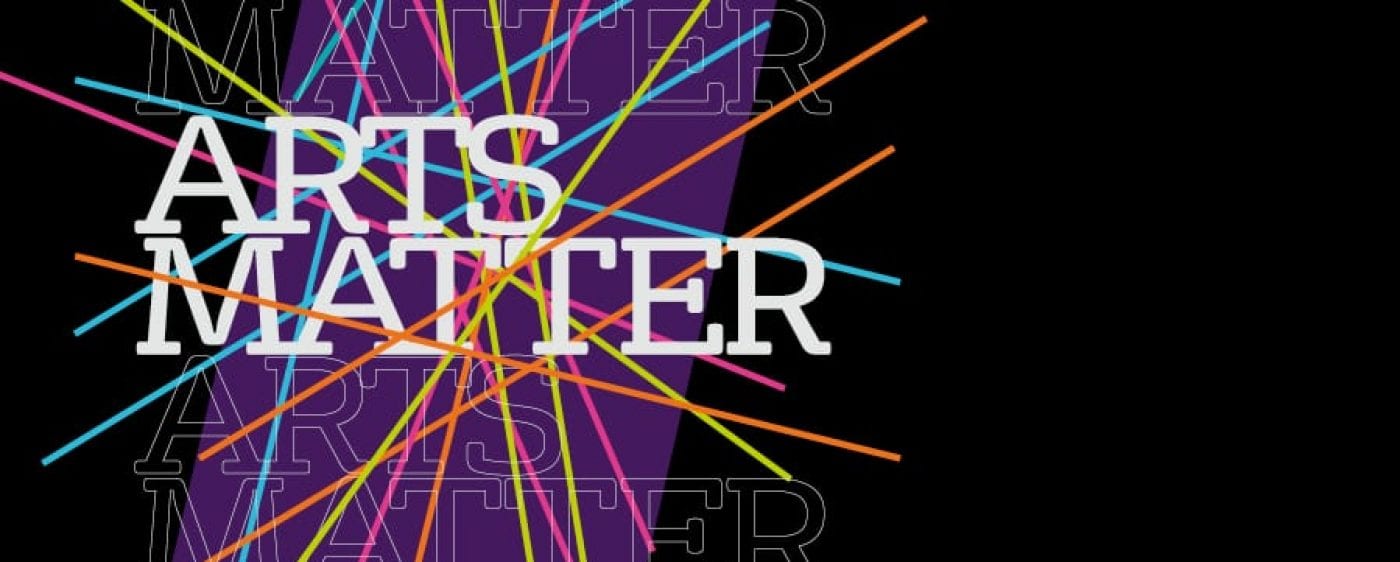The United Nations (UN) designates 27 October as the World Day for Audiovisual Heritage, a day to acknowledge the importance of audiovisual content and raise awareness of the need to preserve it. A priceless heritage, audiovisual archives tell stories about people from across the globe, and act as a valuable source of knowledge reflecting the cultural, social and linguistic diversity of our communities. As the UN states, ‘Conserving this heritage and ensuring it remains accessible to the public and future generations is a vital goal for all memory institutions, as well as the public at large.’
To find out more about the challenges and rewards of archiving audiovisual content, we asked Audiovisual Digitisation Officer Nigel Bryant to tell us about his work at the University.
A few days ago I spotted this tweet by @martinianpaul: “We have books from 600 years ago we can still read; we have discs and tapes from 30 years ago we can’t. Should we be worried? #obsolescense.” The answer is, of course, yes.
The majority of audiovisual formats have a finite life and for many, particularly magnetic tapes, that life is coming to an end. Add to this the scarcity of obsolescent equipment required to play back these formats, engineers with the skill to maintain the equipment, and operators with the experience of working with them, and you have what some might describe as a ‘perfect storm’.
In my role as Audiovisual Digitisation Officer, I work across the University’s Special Collections and Theatre Collection on archive projects funded by the Wellcome Trust that include significant quantities of AV material. The most prevalent format is the videotape – from the familiar domestic VHS to professional broadcast standards like Digital Betacam.
My aim is twofold:
- to transform the magnetically stored information (i.e. picture, sound, timecodes and other ancillary information) from these tapes into digital files so that they can be easily accessed and viewed
- to preserve the endangered content of these tapes in a stable lossless form (i.e. at the highest possible quality). There will come a time when the physical medium is unplayable, so the digital file will be the only preserved master copy of the original contents

I worked recently on the audiovisual archive of visual artist Franko B, which is held by the Theatre Collection as part of its extensive range of Live Art material. In addition to live performances of Franko’s work, due to his habit of carrying a digital video camera with him at all times, the collection includes home movies which give a fascinating insight into his life, loves and inspirations.
The fact that this material was filmed largely on Mini DV tape means that, with the correct equipment and software, I can make an exact copy of the digital information stored on the tape in a digital file. As well as picture and sound that match the original tape with no quality loss, the resulting file can capture metadata such as dates, timecodes, and even the original settings from the camera used to film the material.
It’s a highly rewarding process to be able to preserve audiovisual material for posterity, but one that doesn’t come without its challenges. Nearly all tapes have their own quirks; for instance, Mini DV tape is thin/fragile and prone to digital dropout errors, while VHS tapes (due to their domestic nature) can suffer the effects of poor storage such as physical damage and mould. In addition to this, there is the general loss over time of the magnetic signal from tape and temperamental playback machines that can decide to suddenly stop working overnight. Luckily, there is a very supportive community online with discussion groups like AVhackers and OldVTRS which are an invaluable source of information and tips.

I’m currently working on the Wildfilm History archive for Special Collections. The audiovisual material contains a wide selection of the most important wildlife films of the last hundred years or so, along with filmed oral histories of pioneering wildlife filmmakers. Bringing such a wealth of material together from a range of broadcasters and filmmakers will provide a valuable source for research related to the environment, zoology, botany, film making and broadcasting. Interacting with nature through viewing it on film has been proven to have positive effects on our mental health, so that’s another bonus of this collection.
Two 16mm films made by Dr Harry Lillie, Naval surgeon and early anti-whaling activist, were a particularly exciting discovery. ‘They Have No Say’ (1964) and ‘Trappers’ Trails’ (1952) are very early examples of anti-vivisection and anti-fur trapping on film and could potentially be unique holdings as they do not exist in the British Film Institute’s (BFI) collection or elsewhere. As we don’t yet possess the equipment to digitise celluloid film, both have been recently digitised to archival standards by a specialist external supplier and will be available for researchers to view in the near future.

We only have a short window of time – perhaps 10-20 years – to ensure the survival of the contents of magnetic tape-based media collections. Celluloid film and audio tape both have national initiatives run by the BFI and British Library to preserve those portions of the UK’s cultural heritage. Videotape is the last of the major AV formats to be afforded this special treatment, making its preservation particularly important and urgent. As the title of an ongoing series of international symposia on digital audiovisual preservation rightly states, there is ‘No Time to Wait’.
by Nigel Bryant, Audiovisual Digitisation Officer







